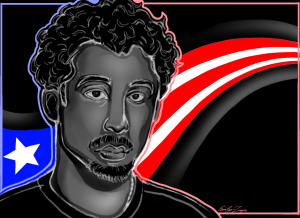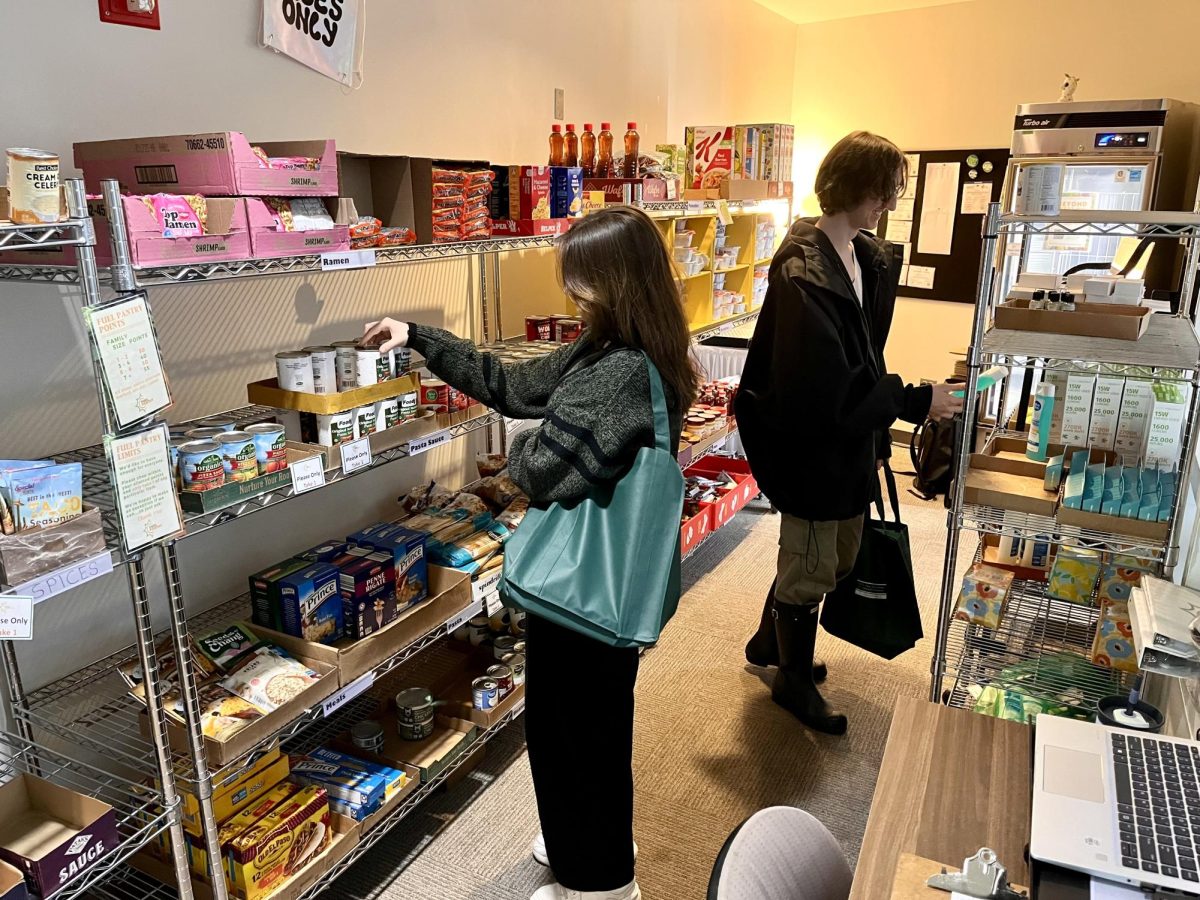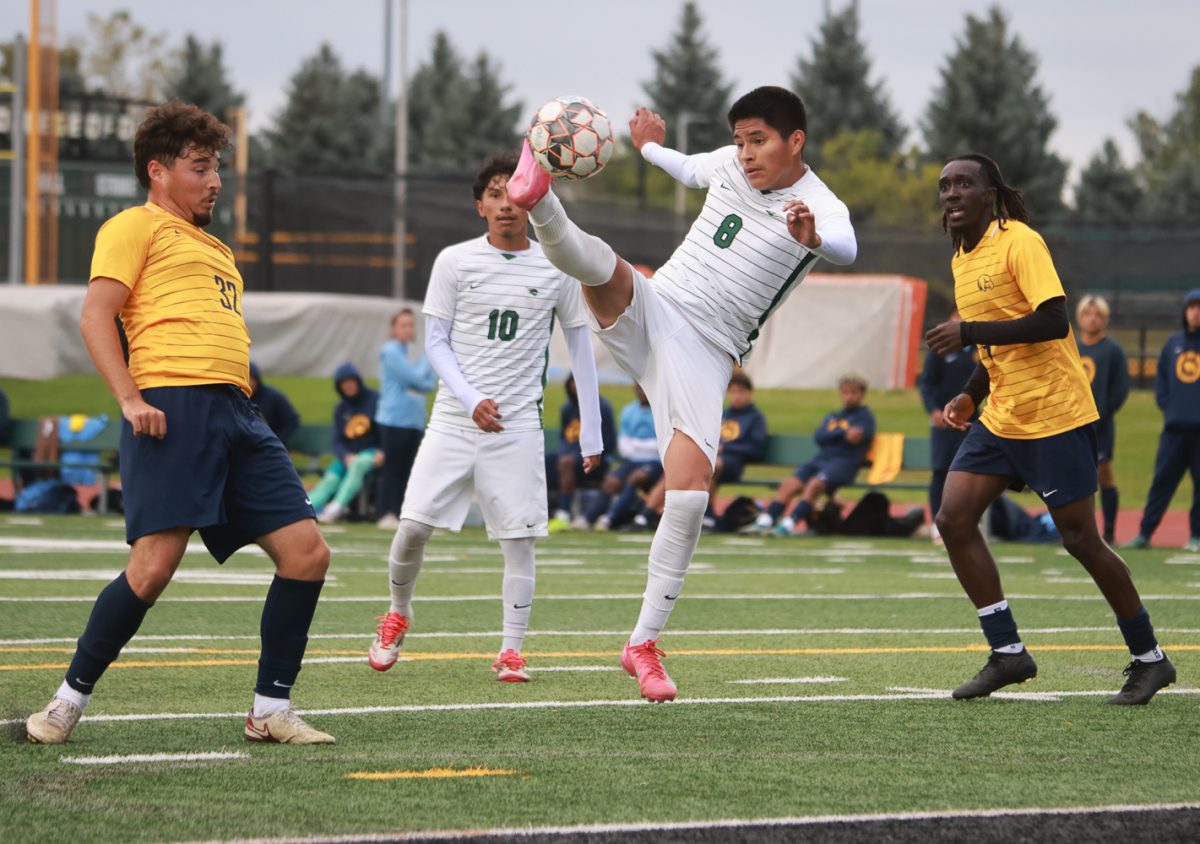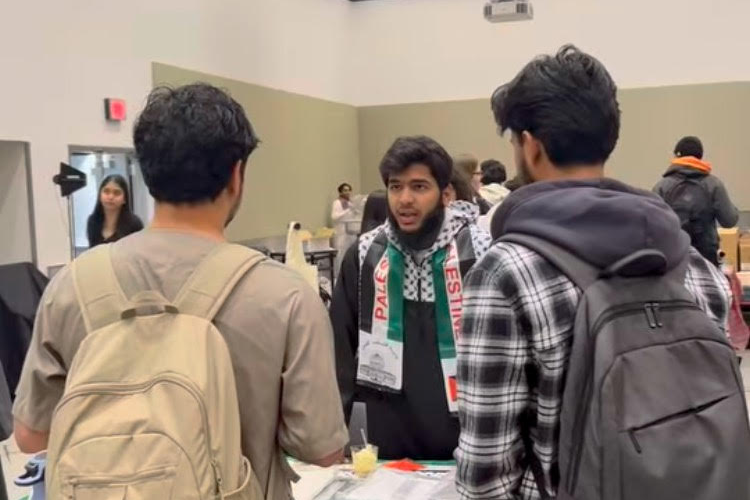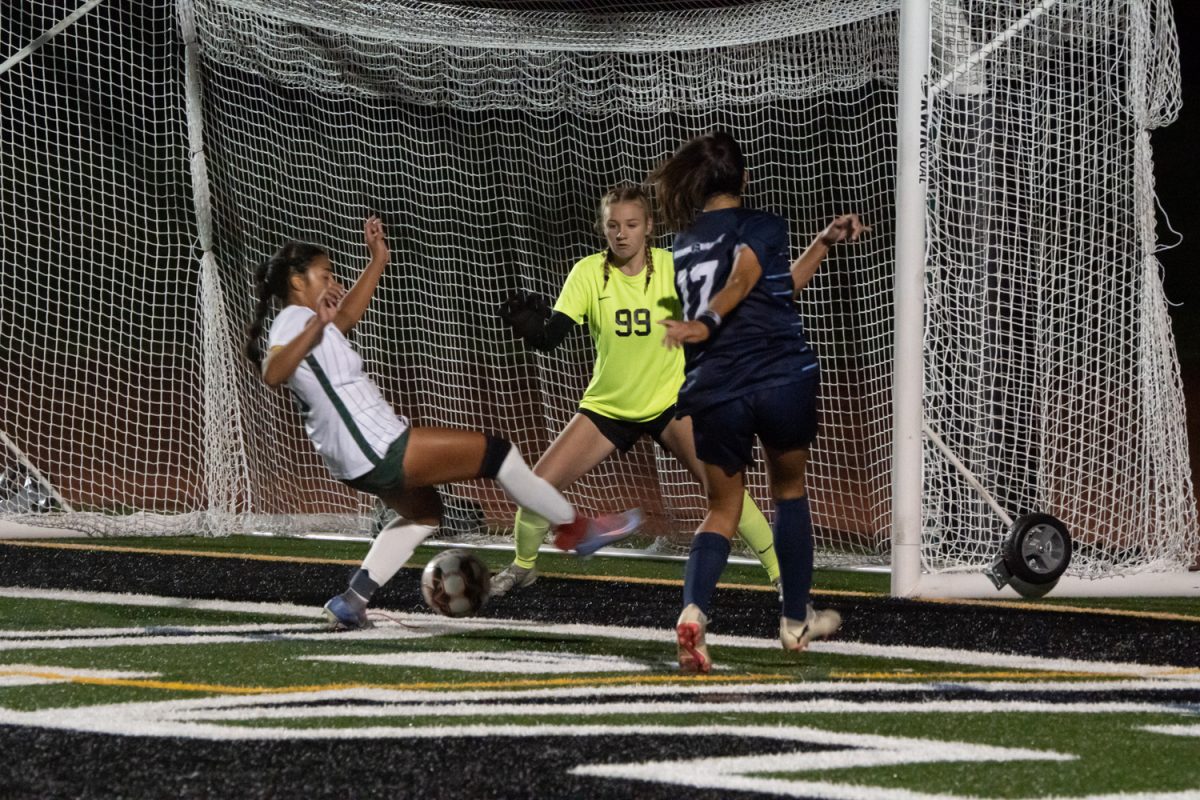OPINION: Ending the stigma for college students with learning disabilities
July 17, 2019
Students with disabilities, and especially those with invisible disabilities that affect how they learn, often struggle because of public misperceptions and stigmas.
After all, children with learning and attention issues are as smart as their peers and capable of high academic achievement, but too often they are misunderstood as lazy or unintelligent. Without the right academic and emotional support, they are much more likely than their peers to repeat a grade, get suspended or drop out. These issues are only amplified when students transition from high school to college. The attention, in the recent admissions scandal, on accommodations in standardized testing for students with learning disabilities did not help.
As the leaders of organizations that advocate on behalf of the disability and higher-education communities, we are committed to working together to continue the progress made in recent years to welcome and support college students with a wide range of disabilities. But there is more to accomplish, and we are committed to helping campuses achieve positive change.
Earlier this year, our organizations, along with the American Association of University Administrators, partnered to release new resources focused on actions that college leaders and faculty can take to empower students with disabilities.
The goal is to help campuses better serve students with disabilities and create environments that students with disabilities can easily navigate. Doing so is critical. The differences between high school and college are stark.
While 20 percent of elementary and secondary students have a learning disability, 94 percent of those students received some sort of help or accommodation while in high school. In contrast, while nearly one in five college students has some type of disability, according to the National Center for Education Statistics, the median percentage across all institutions of undergraduate students formally registered as having a disability was only 6 percent in 2017.
This is a serious concern, and one that colleges and universities must address head-on.
While strides have been made in recent years to welcome and support college students with a wide range of disabilities, continuing to improve in this area will benefit both students and the institutions they attend.
Individuals with disabilities bring diverse and valuable perspectives to their schools and can themselves be powerful forces in reducing the stigma of having a disability in college.
Consider Savannah Treviño-Casias: Savannah struggled throughout her life with a disability that affected her ability to learn math. It took years for her to become comfortable with her learning disability, to talk about it and to request the accommodations she needed.
Before Savannah took the SAT, she faced the extra step of documenting her disability to secure extra time. Despite the difficulties she faced, Savannah persevered and became a strong advocate for herself. In early May 2019, Savannah graduated from Arizona State University’s Barrett Honors College with a bachelor’s degree in psychology. Through these experiences, Savannah has become an outspoken and passionate advocate for people with learning disabilities.
While Savannah found the support she needed to succeed, her story is not universal. Hundreds of thousands of students with disabilities are enrolling in college today, at higher rates than ever before. As these students rise to meet the challenges facing them, colleges and universities must match their determination.
Fortunately, some schools are showing the way.
For instance, at Smith College, a selective liberal arts institution in Massachusetts, the percentage of students reporting a disability rose from 9 percent in the fall of 2008 to 24 percent in the fall of 2017. This is no accident. Smith offers students with disabilities access to a comprehensive range of supports, including the ASSETS program to smooth transitions from high school to college, as well as dedicated support staff and a structured peer-mentoring program.
At Stella and Charles Guttman Community College, which opened in 2012 as part of The City University of New York (CUNY) system, 26 percent of degree-seeking students in the fall of 2018 reported a disability with the Office of AccessABILITY Services. Students with disabilities receive academic accommodations along with support from the CUNY LEADS program, which focuses on comprehensive career readiness.
Examples like these show that campus leaders can drive substantive change in how their institutions serve students with disabilities. But we must not allow external forces to slow this progress.
Part of the outrageous “Varsity Blues” admissions scandal involved parents securing false documentation of learning disabilities for their children. This allowed undeserving students without disabilities to receive accommodations such as a separate testing site, where one of the scam’s participants could proctor the exam and alter a student’s answers.
Our communities must directly confront this abuse of a system meant to support students with disabilities who require legitimate accommodations and ensure it does not prompt unfair scrutiny of deserving students.
College leaders and faculty must continue to help students with disabilities develop the self-advocacy skills and self-determination they need to be successful. We must work to increase accessibility on college campuses across the country and seek to defeat the stigma that often holds students with disabilities back. And together we will continue to celebrate students with disabilities — their strengths, their diversity and their persistence in overcoming challenges to achieve the success we know they are capable of.
This story about ending the stigma for students with learning disabilities was produced by The Hechinger Report, a nonprofit, independent news organization focused on inequality and innovation in education. Sign up for our newsletter.
Lindsay Jones is president and CEO of the National Center for Learning Disabilities.
Ted Mitchell is president of the American Council on Education.








